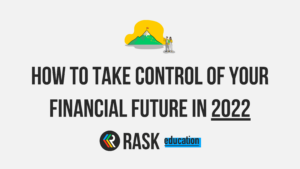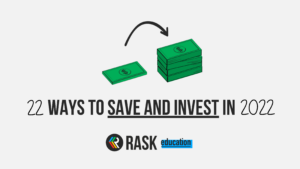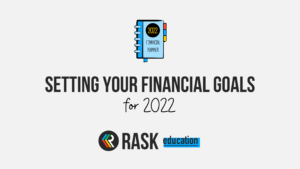So you’ve got your brokerage account set-up? Check.
You’ve got some cash set aside to invest? Check.
And you’ve got some great shares or ETFs on your list? Check.
So, how do we combine all of the shares and ETFs together in a rock-solid portfolio?
The answer: we use a Core & Satellite approach.
The Core & Satellite approach combines your conservative and reliable long-term investments (in the Core) while also helping you invest – without putting it all on the line – in your ‘high risk’ or ‘best ideas’ style investments.
It’s starts with the Core
As any good personal trainer knows, big muscles mean nothing if you don’t have a strong core to keep it together. An investor knows that his or her most important part is the Core.
The Core of an investment portfolio will consist of:
- Lower risk investments
- Long-term investments (e.g. 5+ year positions)
- Low-cost investments (e.g. low-cost index fund ETFs, managed funds, or other assets)
For example, large and established blue chip shares, ETFs, dividend shares, cash in savings, bond ETFs and even things like investment property could be considered ‘Core’ positions for wealth creation.
Rask tip: investors should always set aside at least 6 months of living expenses in cash before investing. This is your emergency money and gives you peace of mind to cover financial emergencies (e.g. car services, home repairs, etc.) without selling shares. This is not part of your Core.
Imagine an investor who is starting out today has $5,000 and plans to invest $1,000 every month. Using the Core & Satellite approach, the investor might start with the Core positions, including a couple of ETFs, blue chip shares or other reliable investments.
Rask tip: Try getting one or two years’ experience, or set a target investment amount (e.g. $50,000) before you start adding ‘Satellite’ investments to your portfolio.
Adding on the ‘tactical’ satellites
This part of portfolio construction is optional, but encouraged if you want to be an ‘active’ investor.
Once you’ve got a few months or years of experience in the share market under your belt, and only if you’re comfortable taking more risk with smaller positions, consider adding Satellite positions.
Satellite or ‘tactical’ positions are smaller than Core positions. For example, if a low-cost index fund ETF in the Core is 5% of your portfolio, a ‘Satellite’ position might be 1% or 2% of the value of your portfolio.
So what is a Satellite investment?
A Satellite investment could be anything that:
- Is higher risk
- Has higher fees (e.g. more than 1% per year)
- Is not reasonably predictable (e.g. Bitcoin, shares bought as part of a trading strategy, etc.)
Examples would include small cap shares (shares of companies with a market capitalisation less than $500 million), shares of companies which don’t pay a dividend, cryptocurrencies, short-term positions, etc.
In other words, anything that’s not in the Core.
After 2-3 years, as your experience builds and your portfolio grows, you get to a point where you are committing half of your investment savings to your Core and half to your Satellite. Again, Satellites are optional. We think that having only ‘Core’ holdings is probably the best thing for most investors.
Paper trading
Finally, if you’re just starting out and not ready to commit your savings to investing, consider paper trading.
Paper trading is where you give yourself ‘fake dollars’ (e.g. $10,000), write down the 10 shares you want to own on a piece of paper, the share price and how many ‘fake dollars’ you would invest in them.
After a month, calculate your returns. How have you performed? If you’re not ready to invest, keep paper trading. If you are ready, consider starting small with $500 or $1,000 each month.
Keep in mind you will make mistakes. It’s all part of learning to be a better investor.
And how do you become a better investor? Keep reading our tutorial “Sharpening your investing edge”.



